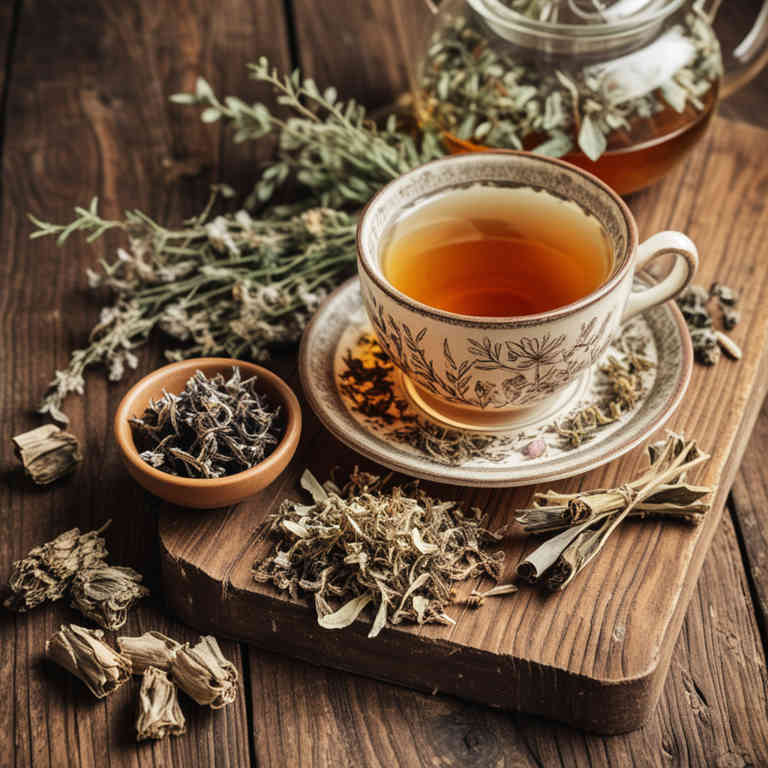Glycyrrhiza glabra tea for medicinal use

Glycyrrhiza glabra tea is a herbal preparation made from the dried root of the licorice plant, known for its sweet taste and medicinal properties.
It is commonly used in herbalism to support respiratory health, soothe sore throats, and reduce inflammation. The tea may also help with digestive issues and is sometimes used as an expectorant to ease coughing. In traditional medicine, it has been valued for its adaptogenic qualities, helping the body manage stress.
However, long-term use can lead to side effects, so it should be used under professional guidance.
Uses
Glycyrrhiza glabra tea has been used to treat a variety of health conditions for thousands of years, with roots in ancient Chinese and Ayurvedic medicine.
Traditionally, it was valued for its ability to soothe respiratory ailments, such as coughs and bronchitis, and was also used to support digestive health. In modern times, it is commonly consumed as a herbal remedy for stress relief, immune support, and as a flavoring agent in candies and medications. Its active compound, glycyrrhizin, is believed to have anti-inflammatory and antiviral properties.
However, long-term use can lead to side effects such as hypertension, so it should be used with caution and under professional guidance.
Benefits
Glycyrrhiza glabra tea has health benefits such as reducing inflammation, supporting respiratory health, and soothing digestive issues.
It contains compounds like glycyrrhizin, which may help in reducing the severity of coughs and colds. This tea is also known to have antiviral and antibacterial properties that can support immune function. Some studies suggest it may help regulate blood pressure, although this effect can vary.
However, long-term use should be approached with caution due to potential side effects like fluid retention and hypertension.
Constituents
Glycyrrhiza glabra tea active constituents include glycyrrhizin, flavonoids, saponins, and various phenolic compounds.
Glycyrrhizin is the primary compound responsible for the herb's anti-inflammatory and antiviral properties. Flavonoids contribute to its antioxidant effects, while saponins may support immune function. These constituents work together to promote respiratory health, reduce inflammation, and support digestive wellness.
This herbal tea is commonly used for its soothing effects on the throat and its potential role in managing conditions like bronchitis and ulcers.
Preparation
To make Glycyrrhiza glabra tea, begin by boiling fresh or dried licorice root in water for about 10 minutes.
Strain the liquid to remove the root, then allow it to cool slightly before drinking. This tea is known for its sweet taste and potential health benefits, including anti-inflammatory and soothing properties. It can be consumed as a standalone remedy or combined with other herbs for enhanced effects.
Always consult a healthcare professional before using it, especially if you have hypertension or are on medication.
Side Effects
Glycyrrhiza glabra tea may lead to increased sodium retention and decreased potassium levels, which can result in hypertension and electrolyte imbalances.
It is also associated with potential adrenal gland suppression due to its effect on cortisol production. Prolonged use may cause fluid retention, headaches, and in severe cases, heart failure. Individuals with hypertension, heart disease, or those on diuretics should use it with caution.
It is important to consult a healthcare professional before using this herbal preparation, especially for extended periods.